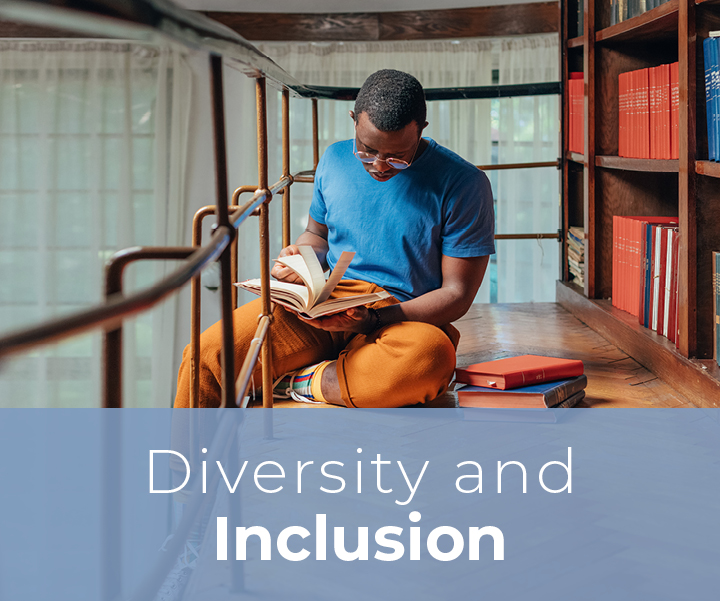
Grantee Research
How the Student-Faculty Demographic in an Academic Calendar (Fall and Spring) Impacts Law School Graduate Attrition, Attrition Rate, J.D.s Awarded, and Bar Passage (Part 2)
Document Type
Issue/Research Brief/Blog
Publication Date
2-2023
Keywords
diverse campus environment, faculty diversity, student attrition, bar passage correlates, student engagement
Abstract
When we recall our law school experiences and the individuals who enabled our success, we think of professors and peers. Leaders may loom in the background, but engaging faculty and supportive peers remain central. For all students, and especially for women and minority students, these individuals fostered the sense of belonging.
This research further explores how the student-faculty demographic in an academic calendar impacts student attrition, attrition rates, the percentage of J.D.s awarded, and Bar success rates. This research used a Mann Whitney Wilcoxon nonparametric method approach to compare the deviation of law school faculty demographics to establish a profile of university sub-groups and determine their impact. The study separately examined the above-average presence of women and minorities in the faculty body (full-time and part-time) during the fall and spring semesters.
The findings of this research confirm that the benefits of student-faculty demographic match extend to the law school environment. Demographic match offers role models, reduces identity and stereotype threats, and fosters academic achievement. Law school students who encounter demographically matched faculty develop a greater sense of belonging and psychological safety. Demographic match has a critical role to play in increasing diversity and racial and gender equity in the legal profession.



